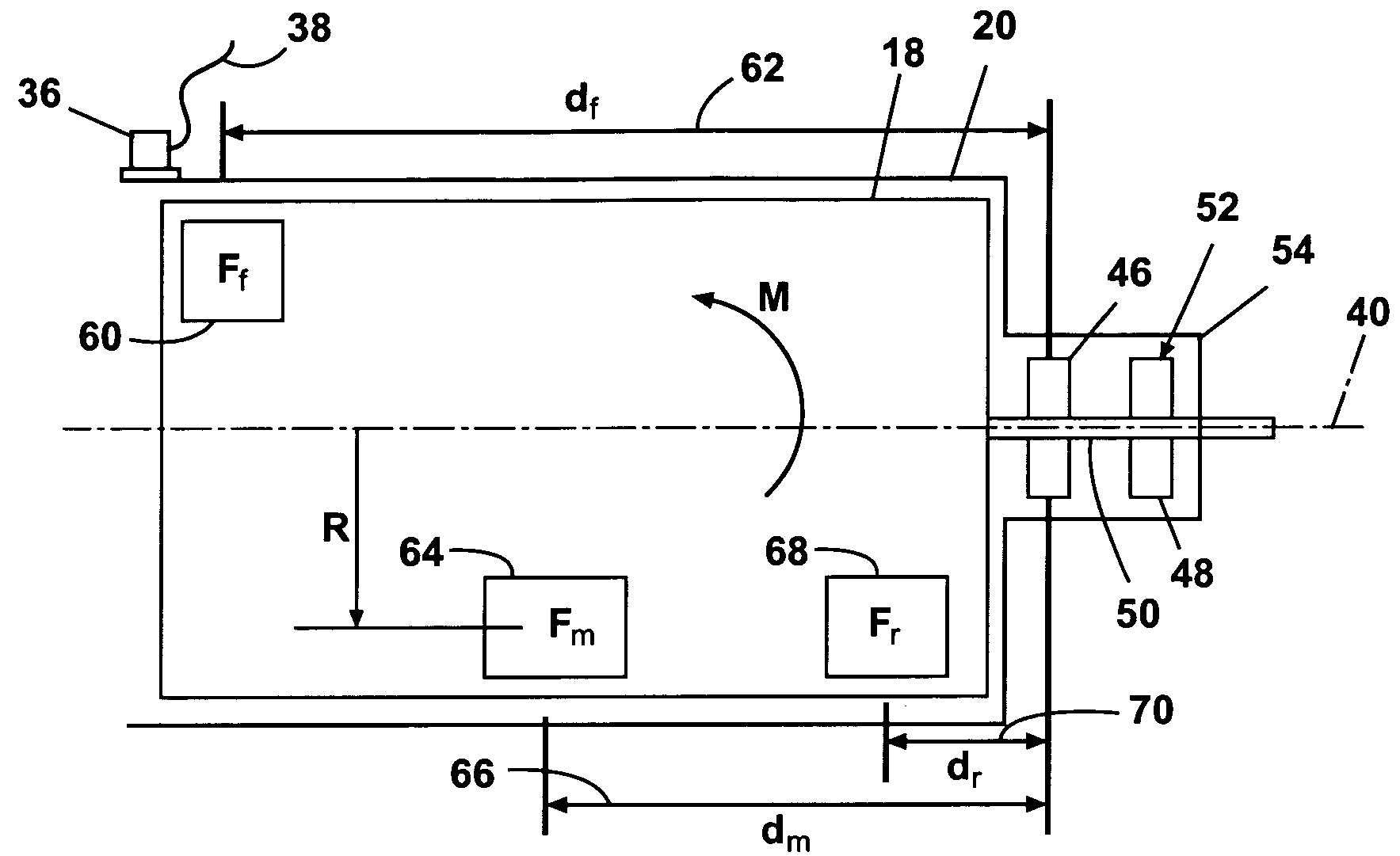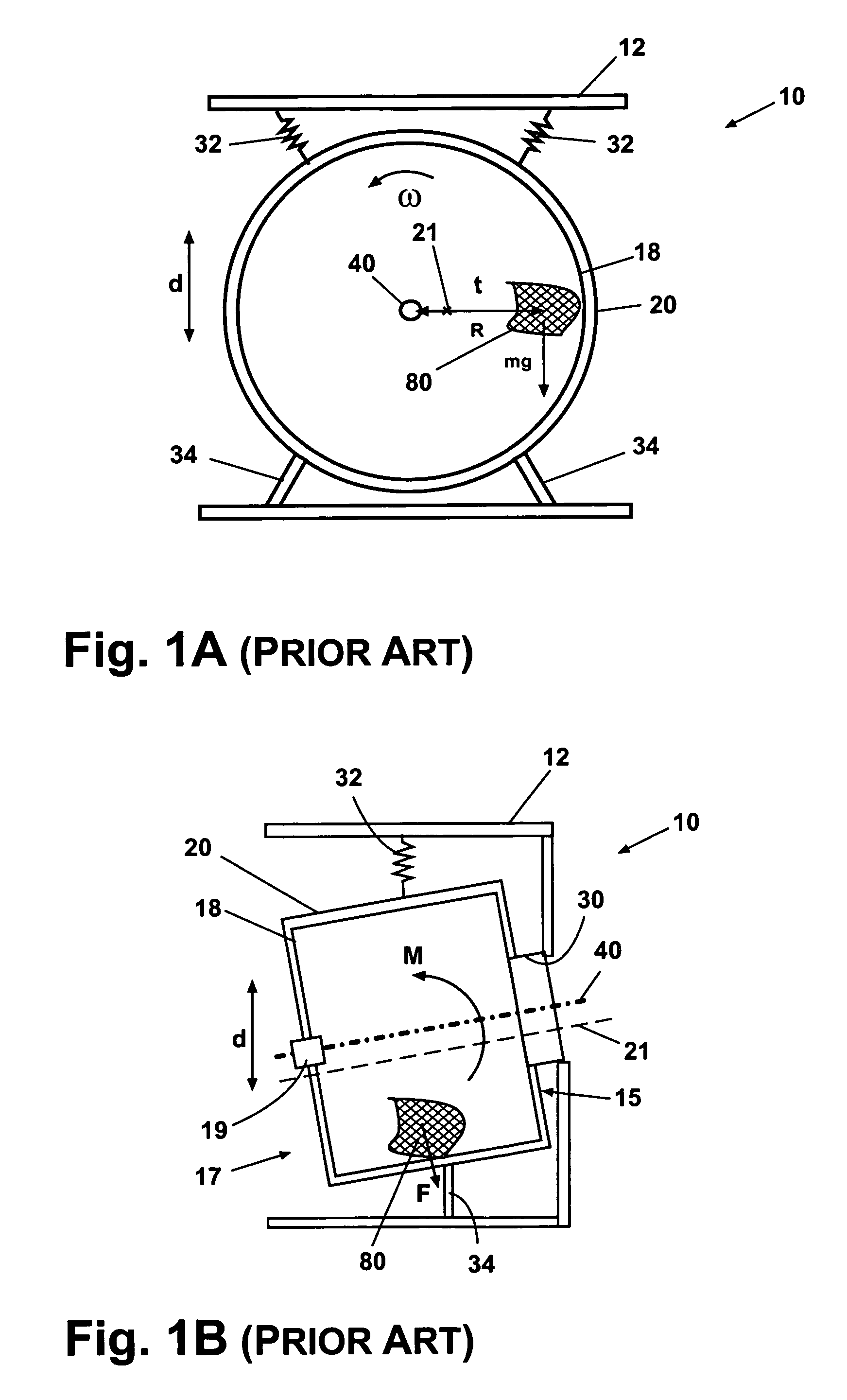Dynamic load detection for a clothes washer
a dynamic load and clothes washer technology, applied in other washing machines, domestic applications, textiles and papermaking, etc., can solve the problems of severe damage to the washing machine, inability to detect the load of the inability to move the basket and the entire washing machine, so as to reduce the vibration, save time and energy, and bring more loads
- Summary
- Abstract
- Description
- Claims
- Application Information
AI Technical Summary
Benefits of technology
Problems solved by technology
Method used
Image
Examples
Embodiment Construction
[0040]Referring to the Figures, and in particular to FIG. 6, an embodiment of the invention illustrated as an automatic clothes washer 10 according to the invention is shown having a cabinet 12 with a front portion 15 and a rear portion 17. The front portion 15 has an opening 30 closeable by a door 16. The clothes washer 10 described herein shares many features of a well-known clothes washer, and will not be described in detail except as necessary for a complete understanding of the invention.
[0041]The cabinet 12 encloses a perforate rotatable basket 18 within a stationary imperforate tub 20. The cabinet 12 also mounts a control panel 14 having control elements, such as switches, dials, buttons, and the like, operably coupled with a solid-state microprocessor-based controller 22 for controlling the operation of the clothes washer 10. The basket 18 defines an axis of rotation 40, a generally vertical axis 56, and a generally horizontal axis 58. The vertical axis 56 and the horizontal...
PUM
 Login to View More
Login to View More Abstract
Description
Claims
Application Information
 Login to View More
Login to View More - R&D
- Intellectual Property
- Life Sciences
- Materials
- Tech Scout
- Unparalleled Data Quality
- Higher Quality Content
- 60% Fewer Hallucinations
Browse by: Latest US Patents, China's latest patents, Technical Efficacy Thesaurus, Application Domain, Technology Topic, Popular Technical Reports.
© 2025 PatSnap. All rights reserved.Legal|Privacy policy|Modern Slavery Act Transparency Statement|Sitemap|About US| Contact US: help@patsnap.com



